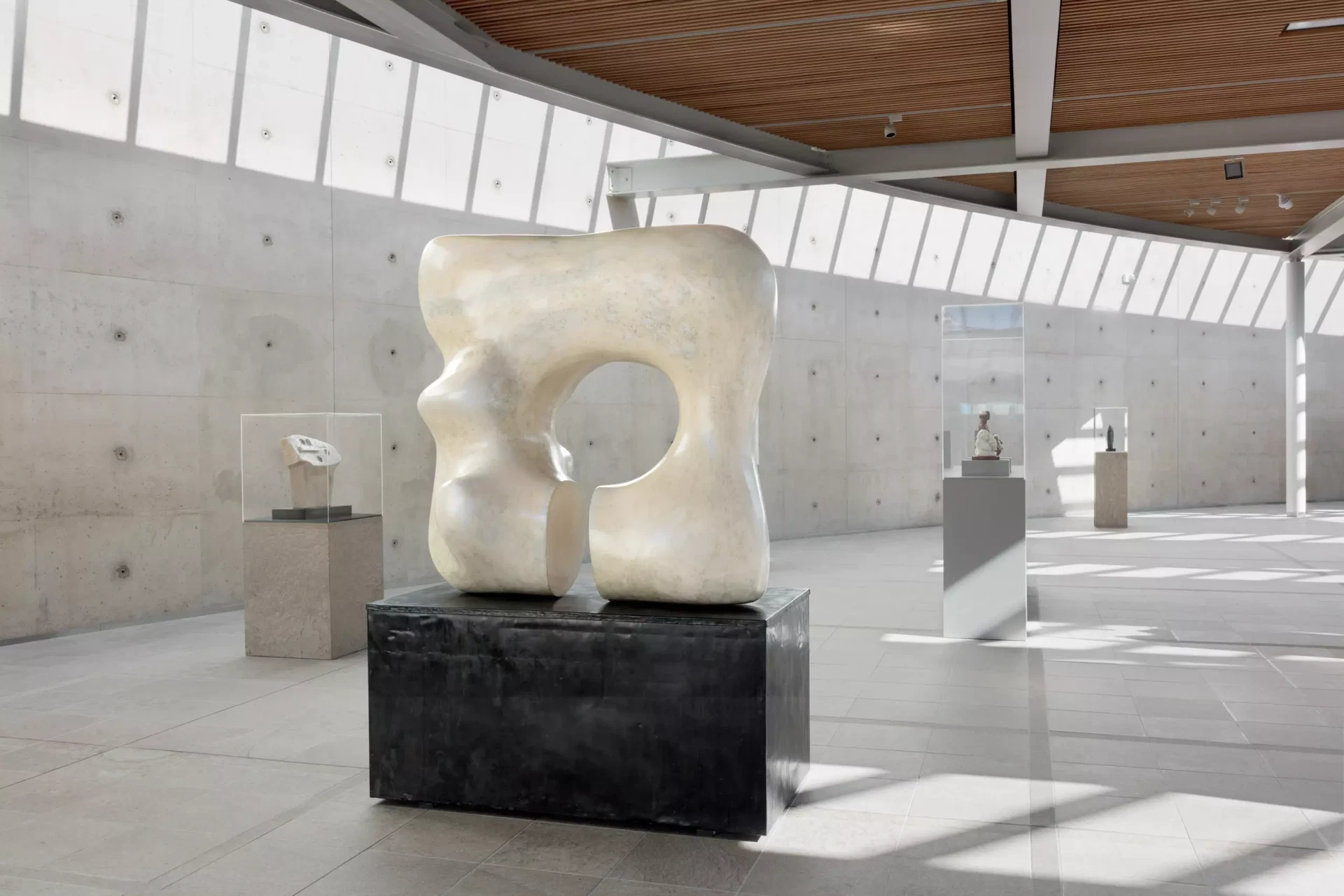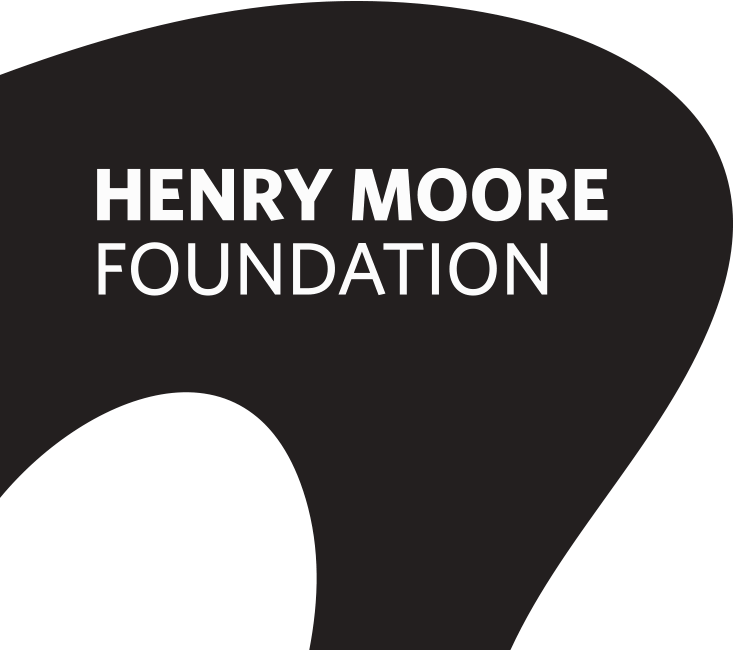From
April 6, 2023
Henry Moore
To
October 21, 2023
0
From
April 6, 2023
To
October 21, 2023

April 6, 2023 - October 21, 2023
Henry Moore
Form and Material
How did sculptor Henry Moore (1898-1986), whose work can be admired in museums, parks, and squares in cities around the world, actually develop his unique visual language? That recognizable style in which he so beautifully combined abstract sculpture and surrealism?
His 'Reclining figures' are well-known. Sculptures of reclining female figures, often depicted as a flowing form with holes, executed in bronze, wood, or stone. With this subject, he became world-famous and grew into one of the most important sculptors of the last century. Less known is that Moore got many of his ideas during walks where he collected natural objects. A simple shell, a bone, or a particularly shaped stone could inspire a monumental, modernist sculpture executed in bronze.
Museum Beelden aan Zee, in collaboration with the Henry Moore Foundation, made a well-considered selection from his considerable oeuvre. Based on this, about 70 sculptures and objects, the artistic vision and the creative process of one of the most important innovators of modern sculpture become visible. The exhibition focuses on the influence of nature on his work and the development he underwent as a craftsman sculptor. From 'direct carving' - sculpting without preparatory sketches - to sculptures executed in fiberglass and experimenting with casting lead. The selected works show the effect of material choice on the form, dimensions, and subject of his sculptures. Throughout his career, it contributed to the development of some of his most groundbreaking ideas.
Henry Moore
Henry Moore is undoubtedly one of the most important English artists of the twentieth century. His fascinating sculptures balance on the line between figuration and abstraction and continue to be a source of inspiration for many artists. Important themes in his oeuvre are 'mother and child' and 'reclining human figures,' both extensively explored by Moore.
From the 1920s, Moore participated in numerous exhibitions, regularly sold work, received commissions, and thus gained a reputation as an important avant-garde sculptor.
However, the Second World War temporarily halted these positive developments. Henry Moore was forced to accept a position as a war artist. In that capacity, he made poignant drawings, so-called 'shelter drawings,' of Londoners sheltering in metro stations from the bombings.
In the 1950s, he created larger figure groups. The prices for his work rose significantly, and his fame as an international artist continued to increase. In later years, he was a trustee of both the Tate Gallery and the National Gallery and received numerous awards and honorary doctorates.
Moore's work is present worldwide in all major museums and is displayed in public spaces. In the Netherlands, he is also represented in prominent museum collections, including those of the Stedelijk Museum Amsterdam, Kunstmuseum Den Haag, Museum Arnhem, and Museum Kröller-Müller.
Henry Moore Foundation
The exhibition is realized in close collaboration with the Henry Moore Foundation, established in 1977 to manage his legacy. The foundation not only preserves his sculptures and drawings but also manages his house, studios, extensive archive, and surrounding lands.
Partner
